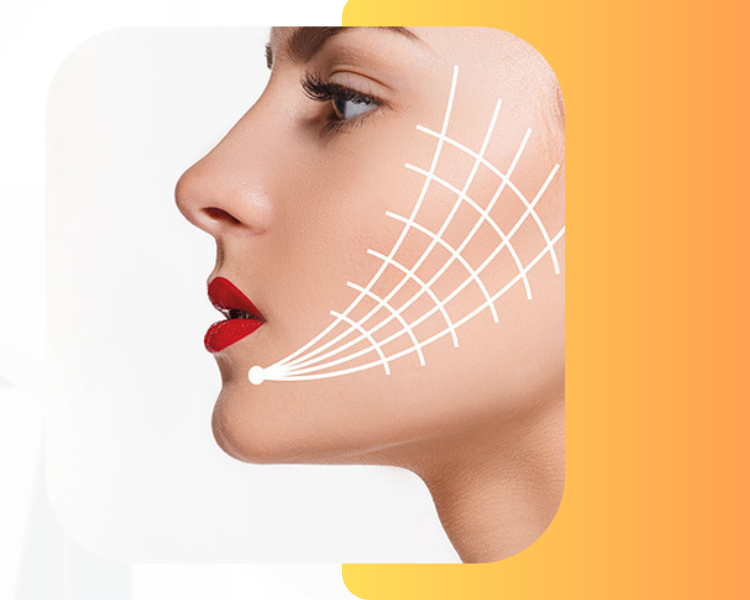Facelift Treatments
Introduction to Facelift Treatment
A facelift treatment, or rhytidectomy, rejuvenates your appearance by tightening skin and redefining facial contours. It addresses aging signs like loose skin, deep wrinkles, jowls, and volume loss. The procedure starts with small, strategic incisions along the hairline, ears, or under the chin. These incisions allow access to lift and reposition muscles and fat to restore youthful structure. After reshaping the tissue, excess skin is removed for a smoother, youthful appearance. Surgeons then smooth and re-drape the skin over the face, enhancing its firmness. Finally, incisions are closed using sutures, staples, or skin-safe adhesives, depending on the technique. Patients often choose facelifts for a firmer, more natural look without drastic changes. The surgery enhances appearance while preserving natural facial features for a subtle effect. Results can last many years, but skin will continue to age naturally over time. Maintaining a healthy lifestyle and skincare routine helps preserve facelift results.


Facelift Treatment
A facelift, or rhytidectomy, tightens skin and redefines facial contours for a rejuvenated appearance. It addresses aging signs like loose skin, wrinkles, jowls, and volume loss effectively. The procedure starts with small, strategic incisions along the hairline, ears, or under the chin. These incisions allow lifting and repositioning muscles and fat to restore youthful structure and contours. Excess skin is removed after reshaping tissue to create a smoother, youthful look. Surgeons smooth and re-drape the skin over the face to enhance its firmness and smoothness.
Finally, surgeons close the incisions using sutures, staples, or skin-safe adhesives, depending on the chosen technique and individual case. Many patients opt for facelifts to achieve a firmer, more youthful appearance with subtle, natural-looking enhancements. This procedure improves facial contours while preserving your unique features, avoiding any drastic changes. Results typically last many years, offering long-term rejuvenation. However, natural aging will continue over time. Maintaining a healthy lifestyle, using sunscreen, staying hydrated, and following a consistent skincare routine can significantly extend and enhance the longevity of facelift results, keeping your skin vibrant and refreshed for years.
Read other blogs
https://lalithskinandhairclinic.com/chemical-peels-treatments/
